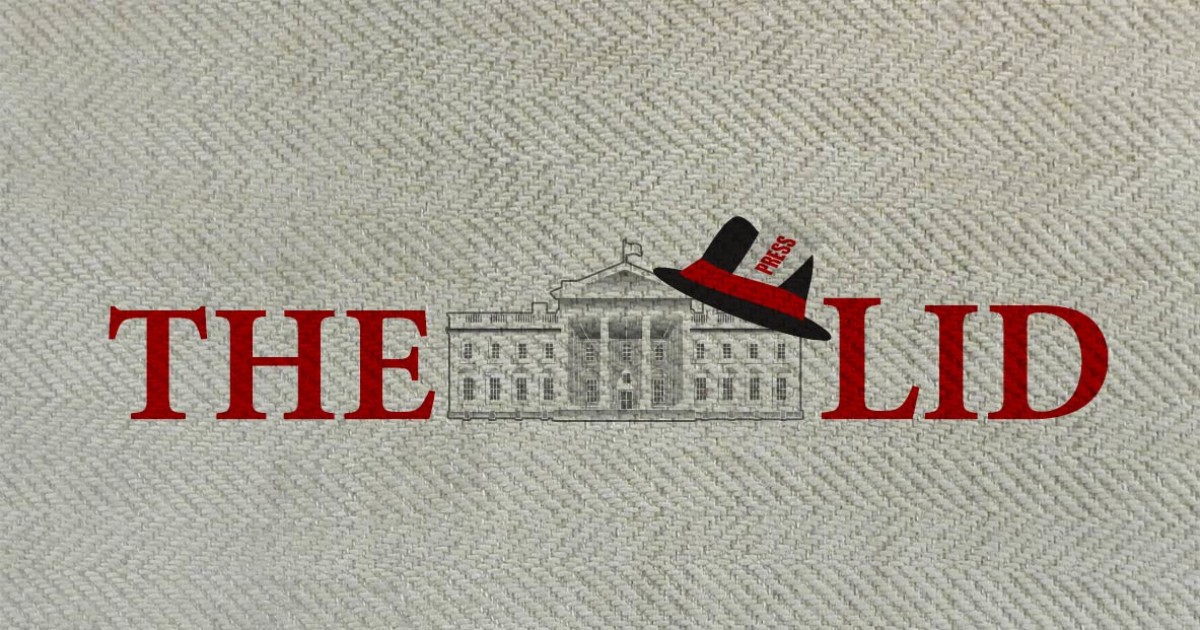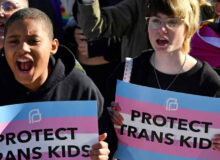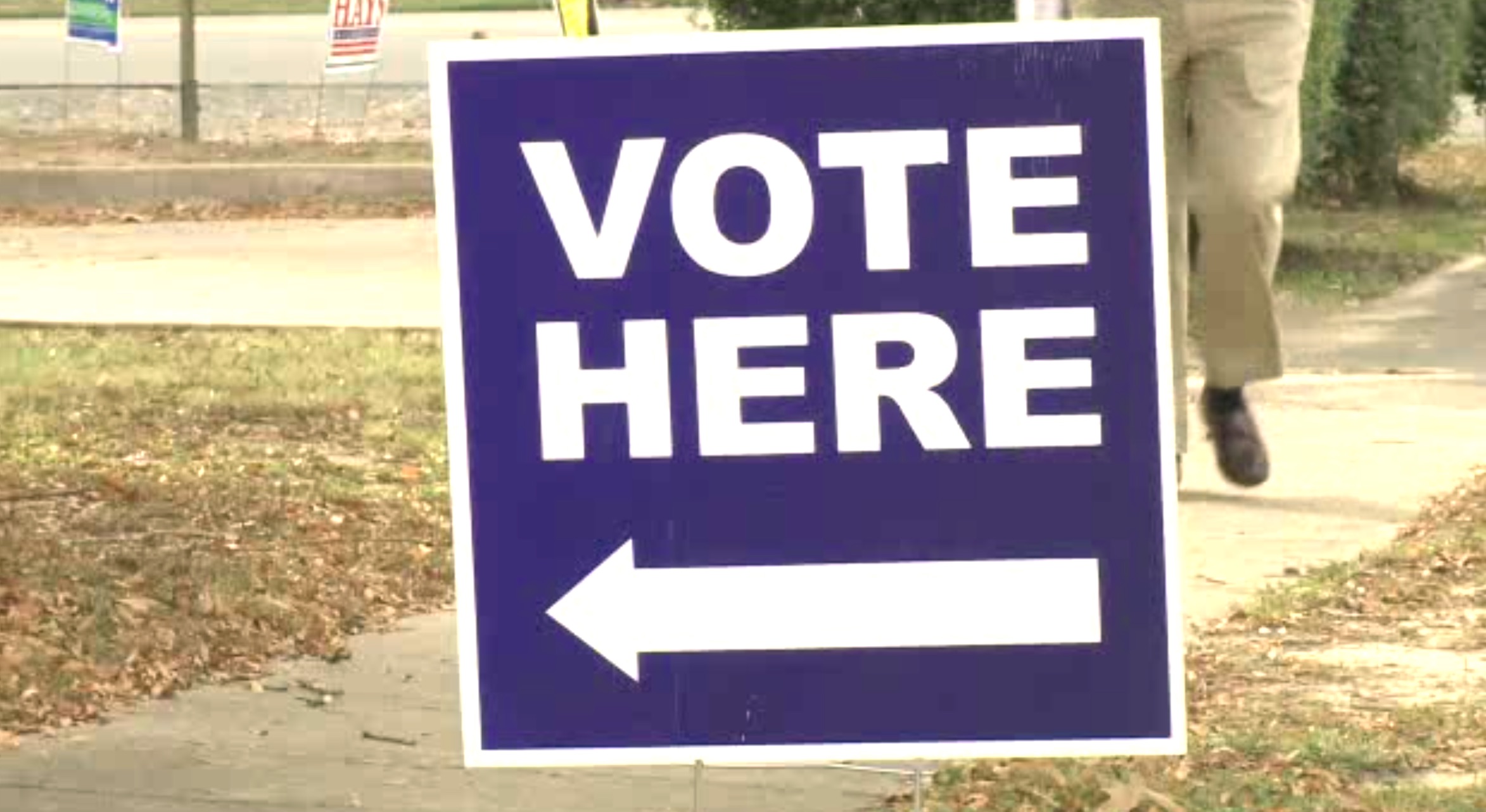Guest post by Brian Rogers, Executive Director, America Rising Squared
“Since Governor Cuomo is so dependent on the big labor unions to advance his political career, it’s no surprise to see them cash in with his support for their plan to expand membership rolls and profit by millions through their ‘Fight for $15’ campaign. The consequences are all too real for the hardworking New Yorkers who will have to foot the bill, costing jobs and diminishing opportunity at a time they need it most.”
Today, New York Governor Andrew Cuomo headlined a major SEIU-led union rally demanding a $15 state wide minimum wage:
The Monday rally will serve as this year’s kickoff of a major $3 million to $4 million campaign headed by the powerful Local 1199 SEIU health care union and its president George Gresham
It’s no surprise Cuomo would be doing the bidding of SEIU leaders. With some 200,000 members in New York, 1199SEIU is an “ultra-powerful” political force best known for the “depth and breadth of its connections with New York’s ruling elite.” And this isn’t the first time SEIU has benefited from its relationship with Cuomo. In 2011, the Governor “quietly authorized a $50 million bailout of an insurance fund for the 1199SEIU health-care workers.” SEIU and other unions that backed Cuomo’s political campaigns are looking to cash-in once again on their support.
The SEIU’s “Fight for $15 campaign” is a front for organizing fast food workers into new dues-paying members. SEIU stands to rake-in more than $400 million per year in dues by organizing just one-third of the fast-food workforce:
If the SEIU’s efforts pay off and the union succeeds in unionizing even one third (1,217,723) of the nation’s fast-food workers, the SEIU stands to rake in up to $34,336,521 per month. That’s $412,038,252 every year in dues alone–or over $1.2 billion over the course of a three-year contract.
Notably, Democratic front-runner and former New York Senator Hillary Clinton has refused to support raising the minimum wage to $15 an hour, and President Obama’s own former Council of Economic Advisors Chairman Alan Krueger wrote in The New York Times that a $15 minimum wage could “risk undesirable and unintended consequences.”
Today, New Yorkers are worried about the negative impact the Cuomo-SEIU $15 minimum wage will have on local schools and property taxes:
“The impact on public education would be significant, particularly in light of a tax cap that is projected to be near or at zero for next year,” said Michael Borges, executive director of the state association of School Business Officials.
And what’s the impact on jobs in New York? A study this summer by the Manhattan Institute and the American Action Forum found that raising the minimum wage to $15 per hour would cost 6.6 million jobs nationwide without appreciably helping lower-income Americans:
Specifically, using time-tested modeling techniques, such as those that Holtz-Eakin used while at the CBO, the authors found that a $15-per-hour minimum wage could mean the loss of 6.6 million jobs. What’s more, despite the fact that there would be some Americans whose wages would be lifted by a higher minimum wage, the effect on the poor would be minimal—of the increase in income for low-wage workers, only 6.7 percent would go to families in poverty. In other words, this is reverse–Robin Hood-ism: taking jobs and income from the poorest to give to those who are better-off.
Meanwhile, Bloomberg reported last month that labor economists are admitting they don’t even know the full impact of the $15 minimum wage pushed by the “Fight for $15” campaign. One economist who signed a letter in support of a $15 minimum wage admitted that when it came to gauging the impact of such a wage increase, “The right answer is we don’t know, and it’s not exact science.”
NOTE: In November, AR2 published a “Fight for $15” Primer to expose the campaign for what it really is: http://www.arsquared.org/ar2-launches-fight-for15-primer/






